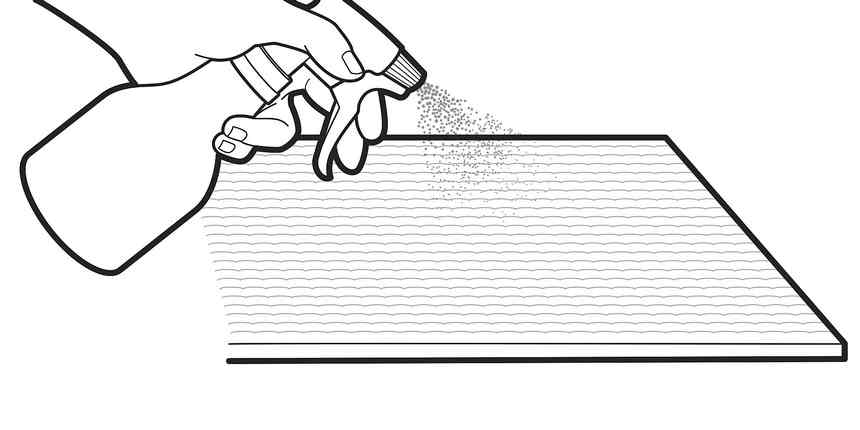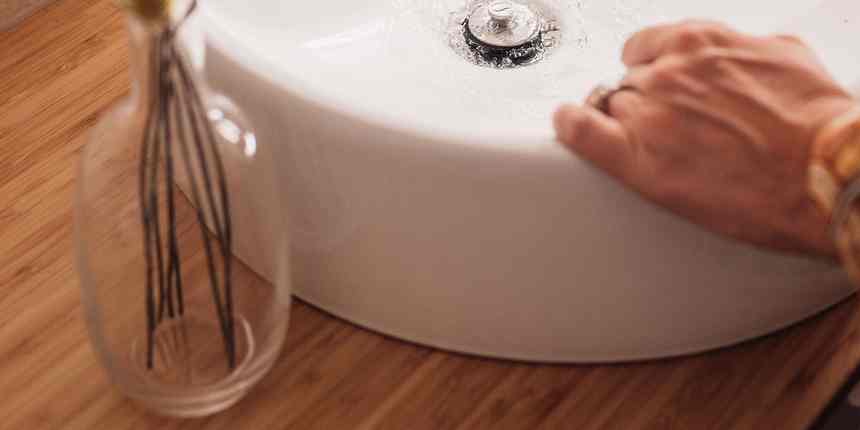There are a lot of reasons why your hands might ache. Perhaps you're currently working from home but don't have the best-possible ergonomic setup. Maybe you're spending your days planting bulbs or the evenings knitting, and the repeated motions associated with these activities are beginning to take a toll on hands and wrists. Whatever their cause, hand cramps and spasms can make regular tasks that much more tedious.
Soothing sore, temporarily immobile fingers and palms starts with the discovering the source of the problem, since they are actually preventable. According to Stephen Liu, MD, a clinical assistant professor at the UCLA School of Medicine Dept of Orthopedic Surgery, common cramp causes include overuse of the hands or fingers in activities such as playing a musical instrument, excessive typing or writing, playing sports, and prolonged gripping. "Other causes are mineral deficiencies, an electrolyte imbalance (think calcium, potassium, and magnesium), or dehydration, as well as medical conditions such as diabetes or arthritis," he adds.
If you've begun experiencing cramps like never before, and they really start to set in a few weeks after you started working from home due to coronavirus lockdowns—the issue likely lies in the excessive typing you're doing. And by typing, we mean on all of your devices, including your laptop, tablet. and smart phone. You're not alone: Screen time levels are at an all-time high due to quarantine. But Liu, who is also the founder of IFGfit, says that it's not just the act of typing that's causing problems. "Working at home without a proper setup frequently leads to habitual poor posture—which can lead to chronic compensation by stressful elbow and wrist joint forces," he says, noting that this can put additional stress onto the hands.
Jaclyn Fulop, a board-licensed physical therapist and the founder of Exchange Physical Therapy Group, agrees, explaining that it's absolutely crucial to create an ergonomic workspace at home to avoid not only hand cramps, but body cramps and poor posture as a whole. "While typing or using your mouse, the elbows must be positioned at 90 degrees to keep the wrists straight," she says. "If the wrists are flexed or extended while typing this can lead to carpal tunnel symptoms including finger and wrist cramping." Fortunately, there are stretches you can do to help alleviate any cramping in the fingers and hands. Ahead, several of Fulop's favorites.
Related: Do You Have Tech Neck? Here Are the Best Stretches to Relieve Neck Pain
Downward Hand Pull
"Raise your arm straight out in front of the body," Fulop instructs. "With the palm facing down, slowly bend your wrist downwards. Using the other hand, gently pull the stretching hand back towards the body. Hold this position for 30 seconds. Straighten the wrist again." She recommends repeating this process twice and doing two more sets of three repetitions throughout the day.
Putty Squeezes
"Place putty in your hand and squeeze it firmly and slowly," Fulop explains. "Reshape it and repeat three reps for 30 seconds, preferably two times a day. This is important to keep grip strength." If you don't have putty laying around, but want to benefit from this stretch, you can add a stress ball to your routine.
Wrist Flexion Matrix
"Standing upright, place the back of your hands on a table," says Fulop. "Lean forward and backward for 30 seconds. Then, lean side to side for 30 seconds and sway your body in a circular pattern to feel a stretch along your forearm muscles for 30 seconds."
Wrist Extension Matrix
"Place your palms on a table with your fingers pointed toward you," Fulop instructs. Lean forward and backward, side to side, and in a circular pattern to feel a stretch along the muscles of your forearm, making sure to move for 30 seconds in each direction. The reason why leaning into all of these stretches is so important? This transforms them into triplanar dynamic stretches, as opposed to static stretches. "Muscle fibers run in different directions so functional triplanar exercises are extremely beneficial," she explains. "The body moves in the sagittal, transverse, and frontal plane in everyday life, so we like to model our stretches on real-life functional movement."








